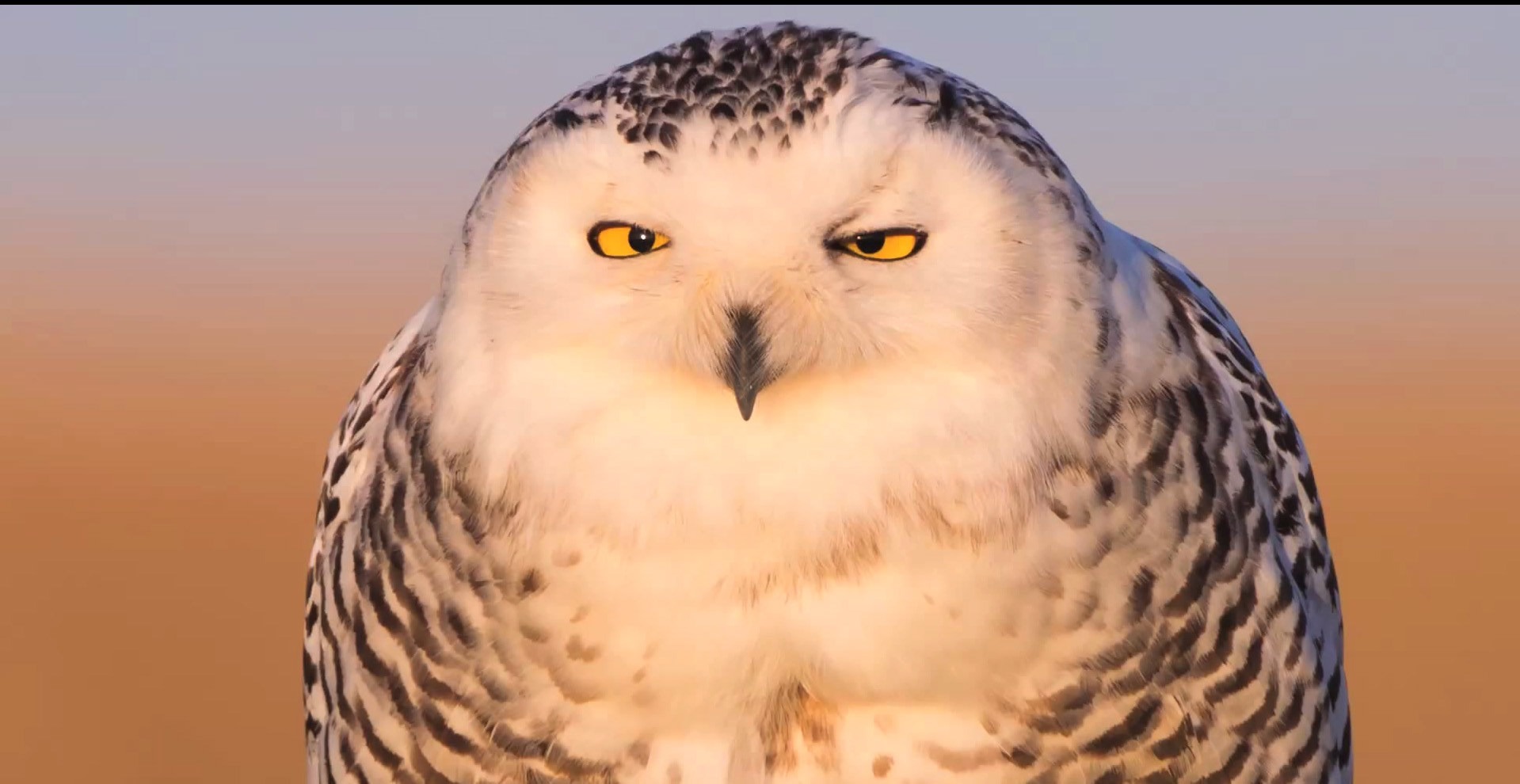You are here
We're celebrating birds this week as part of our #52AdventureChallenge, and our friends at HawkWatch International have some great birding tips and resources for identification.
This guest post was written by Dave Oleyar, Senior Scientist HawkWatch International.
Most people associate birding with spring and the dawn and dusk choruses that are associated with territory claims and the nesting season for our feathered friends. While spring and summer are certainly great times for birding, winter birding has plenty to offer as well, especially for those fond of identification challenges and feathered visitors from more northern climates. Open water and microhabitats with little to no snow become big draws during winter for birds and other wildlife seeking the resources they need. These are great places to look for birds!
In the lowlands you can still hear and see resident bird species that forego migration and tough out the winter along with many of us. American robin, song sparrow, spotted towhees, varied thrush, dark-eyed juncos, and Pacific wren are all species you are likely to encounter on winter adventures. In fact, this is the time of year when you might get your best look at some of these species because deciduous foliage isn’t around to hide that little 9-gram Pacific wren singing up a storm and wagging his tail in the undergrowth (to me their song conjures the sound of fast-forwarding or rewinding an audio tape or film projector).
In higher elevations you get some heartier species, including snow buntings and a variety of corvids (jays, crows, and ravens). These species use their guile, tolerance of humans, and ability to take advantage of the food subsidies we produce (feeders, trash, campground begging, etc.) to make a living in a variety of habitats, even during winter.
Winter is also a great time for seeing birds of prey—our favorite! These predators are often elusive and broadly dispersed during the spring and summer, but in winter territorial boundaries relax somewhat as species intermingle in search of their next meal and try to make it through the lean season. It’s not uncommon to see an eagle, hawk, or falcon on almost every tree perch or pole in some open areas during winter. Again, the lack of leaves makes spotting these keen-eyed hunters easier than other times of year. Be sure to check out the HawkWatch International “Raptor ID App” on Apple and Android devices for a great identification tool you can take out in the field with you!
While our neotropical migrants head south for the cold season, another bonus to winter birding is that we may get visitors from more northern climes. Winter is the only time that many of us get the chance to see the rough-legged hawk, an arctic breeding raptor that winters in parts of the U.S. In flight, dark, square-ish wrist-patches and a heavily marked bellyband are identifying features for this species. It is fun to watch them hover-hunting for voles over open fields. Merlins are small, fierce falcons of open areas and are much more abundant in the lower 48 states during the winter, even in urban areas. Around the country, winter is a great time to find trees near water sources that can be loaded with bald eagles or fields filled with snow geese or tundra swans. Finally, the lucky and diligent winter birder could come across a snowy owl or great gray owl roosting or even hunting during the daytime.
All you need to do is go out and look around during the winter to enjoy birds, but some gear does help—binoculars, a spotting scope, or a good camera lens will give you better looks at the majestic winter scenery and birds. In fact, light reflecting off the snow-covered ground can provide unique opportunities for those into photographing both birds in flight and landscapes. Just remember to be an ethical photographer or wildlife watcher—do so from afar and don’t "bump" or cause animals to move because you want a better look or shot—moving costs energy, and energy can be hard to come by during this time of the year.
List of information sources:
HawkWatch International: Hosts fieldtrips, raptor identification fact sheets, the HWI Blog with raptor identification articles and tips, migration site visitation, and has an all-inclusive Raptor identification app for Apple and Android devices.
Ebird: This is a great resource for seeing what people are seeing in specific locations year round and for logging the birds you see.
Cornell Lab of Ornithology: All About Birds
Local Audubon Societies: These can be great places to find field trips, hotspots, and information about birds in your area.
- Seattle Audubon
- Portland Audubon
- North Central Washington Audubon
- Salt Lake Audubon
- Wasatch Audubon
- Audubon California





Comments
http://wp.me/p6DKO1-1Lh
Sign In and share them.